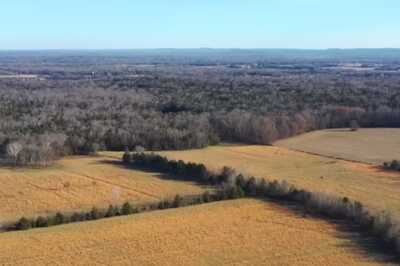
views
Comet hunters have a chance to spot comet 45P/Honda-Mrkos-Pajdusakova in the next few days using binoculars or a telescope, NASA said on Saturday.
"It's the first of a trio of comets that will -- between now and the end of 2018 -- pass close enough to Earth for backyard observers to try to spot and for scientists to study using ground-based instruments," the US space agency said.
The recommendation for backyard astronomers is to use binoculars or a telescope to look for the comet several times during the coming days, NASA said.
Discovered in 1948, 45P is a short-period comet, with an orbit that takes it around the sun and out by Jupiter about every 5-1/4 years.
This weekend's encounter will be the comet's closest with Earth - passing by at a distance of about 12.4 million kilometres -- through the end of this century.
The comet will pass by our planet again in 2032 but will be much farther away - at a distance of nearly about 48 million kilometres.
Scientists have taken advantage of 45P's approach, making observations using powerful ground-based telescopes such as NASA's Infrared Telescope Facility to investigate the gases, dust and ice particles that are released from the comet nucleus and show up in the coma and tail.
By looking for water, methane and other important compounds, astronomers get clues about how the comet is put together and where it originated in the cloud of material that surrounded the young sun as the solar system formed.
By observing the same comet more than once, astronomers can see how the object changes over time.
"Observing a comet multiple times over successive orbits is like taking snapshots at different stages of life," said Joseph Nuth, a senior scientist at NASA's Goddard Space Flight Center in Greenbelt, Maryland.
NASA said ground-based observations also are planned for comet 41P/Tuttle-Giacobini-Kresak, which will pass closest to Earth on April 1, 2017, and for comet 46P/Wirtanen, passing closest to Earth on December 16, 2018.
By studying this trio of comets, astronomers can learn more about the differences among comets -- information they use to fill in the comet family tree.



















Comments
0 comment